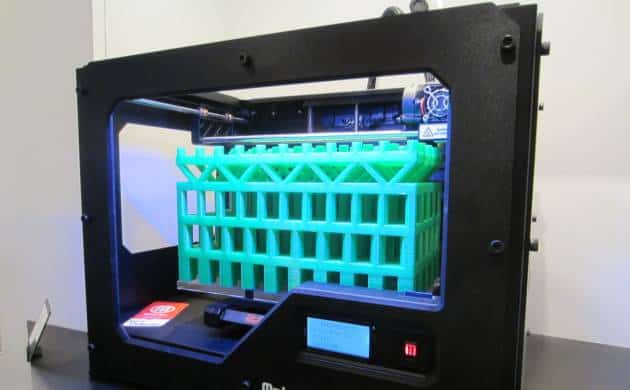Boston : Scientists have 3D printed structures that “remember” their original shapes – even after being stretched, twisted, and bent at extreme angles – an advance that may lead to shape-changing solar cells and drug capsules that only release medicine when they detect fever. The researchers from Massachusetts Institute of Technology (MIT) in the US and Singapore University of Technology and Design (SUTD) were able to print micron-scale features as small as the diameter of a human hair.
The structures – from small coils and multimaterial flowers, to an inch-tall replica of the Eiffel tower – sprang back to their original forms within seconds of being heated to a certain temperature “sweet spot.”
Nicholas X Fang, associate professor at MIT, said shape-memory polymers that can predictably morph in response to temperature can be useful for a number of applications, from soft actuators that turn solar panels toward the Sun, to tiny drug capsules that open upon early signs of infection.
“If we can design these polymers properly, we may be able to form a drug delivery device that will only release medicine at the sign of a fever,” said Fang.
The process of 3D printing shape-memory materials can also be thought of as 4D printing, as the structures are designed to change over the fourth dimension – time, said Qi Ge, now an assistant professor at SUTD.
“Our method not only enables 4D printing at the micron-scale, but also suggests recipes to print shape-memory polymers that can be stretched 10 times larger than those printed by commercial 3D printers,” Ge said.
“This will advance 4D printing into a wide variety of practical applications, including biomedical devices, deployable aerospace structures, and shape-changing photovoltaic solar cells,” he said.
PTI

